How to Tell the Different Types of Wood (Wood Identification Guide)
-
Pete Ortiz
- Last updated:
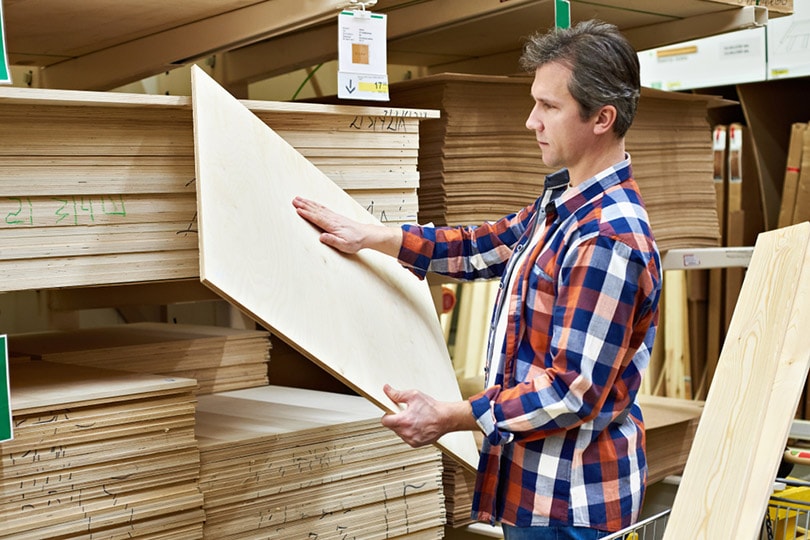
Most people are unfamiliar with the various types of wood, and it can be difficult to identify them. It’s crucial to identify wood to determine the costs of your projects. Each type of wood is different, and each one has the properties that make it valuable. By knowing the wood you can use for renovations or projects, you’ll pick the most practical and durable variety. Below, you’ll find 6 steps to determine the types of wood.
The 6 Steps to Identify Wood
1. Confirm That the Wood Is Real
You need to determine if you’re looking at natural wood or a piece of plastic that imitates wood. There are a couple of ways you can determine that the wood is authentic. The first way to confirm that the wood is real is to look at the annual growth rings. The end of the piece of wood should match the grain direction. The material is undoubtedly taken from a tree if you see the annual growth rings. Manufacturers also replicate natural wood colors on plastic to make it seem real. Always check if the color is genuine or painted like wood grain.
Also, check the wood to confirm if it’s lumber or veneer. If you see a repeating grain pattern on a large panel, it could be veneer. The veneer can be natural or made of plastic. Even if the surface is authentic, it is still not a solid wood piece.

2. Observe the Color
The next step in identification is to observe the color of the wood. Different types of wood vary in color; some species are light beige or white, but others can be deep brown with reddish or pinkish hues. You need to check if the color is stained or natural. Some woods lighten in sunlight, while others darken with age. You can identify wood based on the color, but you will need to follow other steps to determine which type you are dealing with.
3. Look at the Grain
The third step in wood is to look at the wood grain. The grain texture can determine which kind of wood it is. Woodgrain depends on the species, but hardwoods are usually heavily grained and rough, while softwoods are light-grained with no visible pores.
Some grain types are:
Straight Grain
Straight grain represents wood with wood fibers in the lumber running parallel to the long axis of the log.
Irregular Grain
Irregular grain represents wood with irregular lines that have unique twists and twirls.
Interlocked Grain
Interlocked grain represents wood whose grain spirals around the log axis and reverses its direction.
Diagonal Grain
Diagonal grain is when the grain is not parallel to the surfaces of the piece. Diagonal grain occurs when a straight-grained wood is not cut along the vertical axis of the log.
Wavy Grain
Wavy grain represents wood whose grain is wavy, and the fibers change through the log.
Spiral grain
Spiral grain represents wood whose grain is twisted, and the fibers have a spiral course with either a right or left-hand twist.
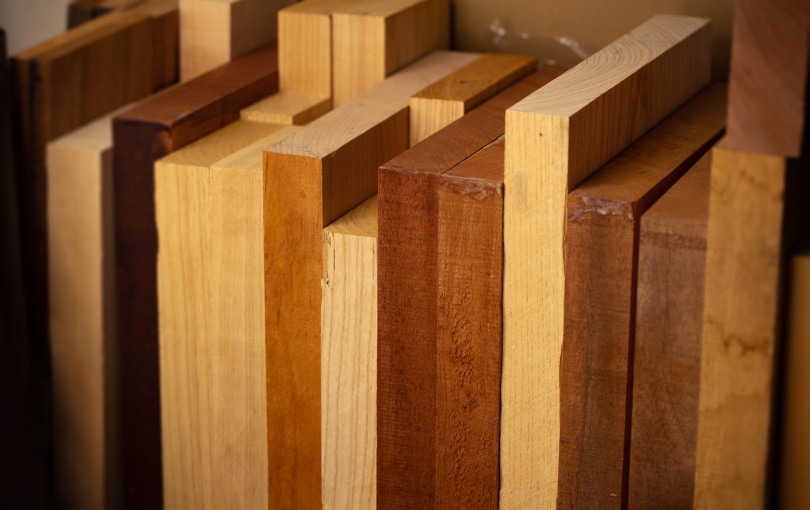
4. Verify the Weight and Hardness of the Wood
The best way to determine the type of wood you encounter is to pick it up to get a sense of its weight. You can press it with your fingernail to determine its hardness or weigh it with a scale to determine its density. Hardness and density are related, so it will usually be hard if the wood is heavy. Try to compare those elements to other types to see which wood is the most similar.
5. Do Tests if Possible
Sometimes, even after you’ve done all the previous steps, you cannot determine the identity of the wood. However, there are a few tests that will help. One of the tests is to smell the wood. There are several species that have a unique odor when freshly machined. Another test you could do is fluorescence. Many kinds of wood appear identical under standard lighting, but when you expose them to specific wavelengths, the wood will absorb and emit the light in visibly different wavelengths. That way, you can determine the wood type by the absence or presence of its fluorescent qualities. You could also try chemical testing, but most people don’t have the necessary tools.
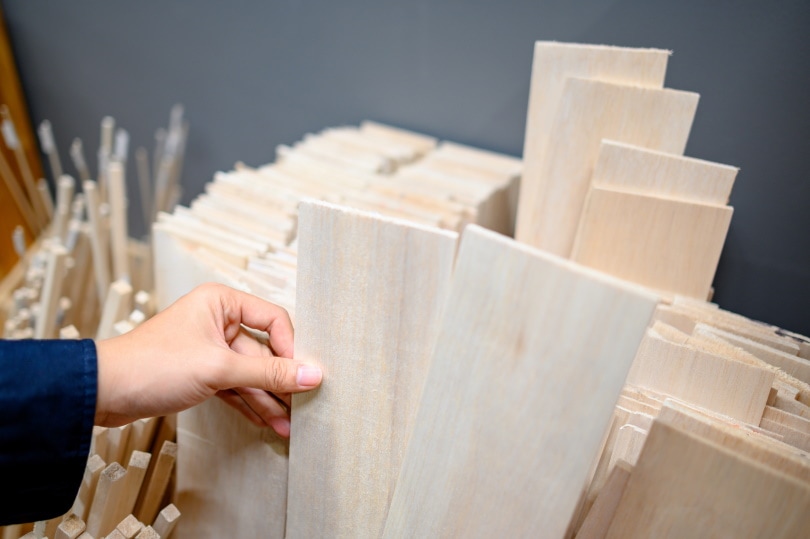
6. Try Out Wood Identification Apps
Another fantastic way to identify the kind of wood you encounter is to use wood identification apps. Technology has improved over the years, making our lives easier. There are specialized apps containing information about all the species used worldwide. They have all the needed details and characteristics that will allow you to determine the wood type easily and quickly.
Wood categories
Wood is divided into softwoods and hardwoods. Both types contain species that differ in usage and properties. Hardwoods come from deciduous trees, whereas softwoods come from evergreen trees. As the name says, hardwoods are harder than softwoods, but some softwoods are incredibly durable too.
Hardwoods are typically used for furniture, boat building, construction, flooring, and musical instruments. They have excellent quality and are praised for their strength and looks. The most commonly used hardwoods are Oak, Walnut, Cherry, and Maple, but other hardwood species are also used.
Softwoods are used for flooring, decking, structural applications, construction framing, interior molding, and landscaping. They are lightweight and less dense than hardwoods, so they are usually easier to work with and process. Cedar, Spruce, Redwood, and Pine are the most commonly used softwoods. Below is a list of some of the most popular hardwoods and softwoods, along with their characteristics.
Hardwoods
Oak

| Grain: | Straight-grained |
| Janka Hardness Scale Rating: | 1290 |
Oak is a very popular hardwood species worldwide. People in the USA use it for its durability and natural, charming appearance. There are various kinds of Oak; some of the most popular are White Oak, Red Oak, and Black Oak. You can use it for flooring, furniture, cabinetry, and other DIY projects. Oak comes in beautiful colors that vary from species to species. It can be light brown or brown with red hues.
Walnut

| Grain: | Straight-grained/ can be irregular |
| Janka Hardness Scale Rating: | 1010 |
Another exceptional hardwood that’s very popular is Walnut. It’s popular due to its stunning color tones ranging from light brown to deep chocolate brown. Walnut wood is durable, easy to work with, and decay-resistant. The downside of working with Walnut is that the wood has a slight odor while being processed. People use it for flooring, cabinetry, furniture, interior paneling, and veneers. Overall, it’s a good choice for anyone who wants durability and aesthetic appeal combined into one product.
Cherry
| Grain: | Straight-grained |
| Janka Hardness Scale Rating: | 950 |
When discussing some of the best hardwoods, we need to mention Cherry. It’s another wood people love for its looks and unique qualities. The main species used in the US is Black Cherry (American Cherry). It has a distinctive brown-reddish color that amazes everyone. It’s known for its excellent durability, and its primary use is for flooring, furniture, and cabinetry. It’s decay-resistant but not water-resistant, so we don’t recommend using Cherry furniture outside.
Maple
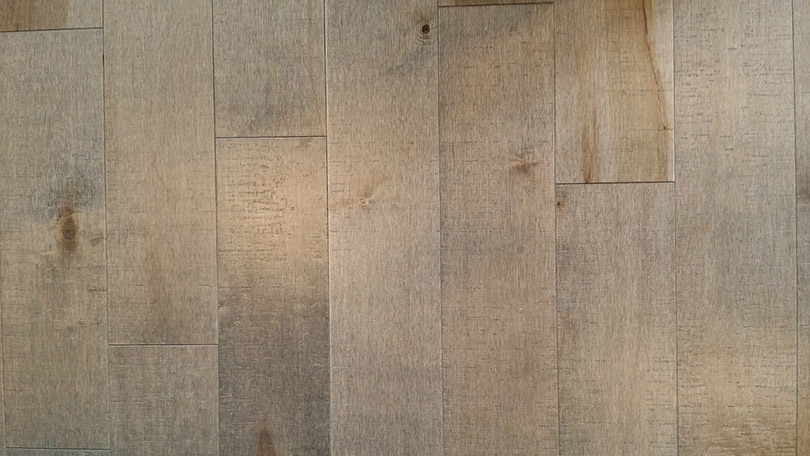
| Grain: | Commonly straight-grained/can be wavy or curly |
| Janka Hardness Scale Rating: | 1450 |
Maple is a hardwood of impressive durability and attractive colors that homeowners love to see. There are different Maple species, but people in the USA mostly go for Black Maple (Sugar Maple). It’s the strongest of all Maple species. It’s nice to work with, and soft Maple types are less dense than others. Maple is mainly used for making furniture, flooring, paper, sports gear, and musical instruments. It is a fantastic option for people who want to be more eco-friendly.
Softwoods
Cedar
| Grain: | Straight-grained |
| Janka Hardness Scale Rating: | 350 |
Cedar is a softwood, and you can easily see the difference in the Janka Hardness Scale Rating for a softwood like Cedar with a hardwood like Maple. That doesn’t necessarily mean Cedar is not a strong wood, however. It’s perfect for outdoor projects such as decking, siding, fences, or shingles. You can also use it indoors for ceilings or furniture. It’s lightweight, easy to work with, and affordable. Still, Cedar can be sensitive and requires a lot of maintenance.
Spruce
| Grain: | Straight-grained |
| Janka Hardness Scale Rating: | 400 |
If you’re looking for a light, natural softwood, Spruce is ideal. You can use it for construction, fences, and window frames or make furniture with it. It’s also an excellent option for ceilings; if no knots are present, Spruce is not difficult to work with. It is not too expensive, but the pieces without knots are more pricey than those with knots.
Redwood
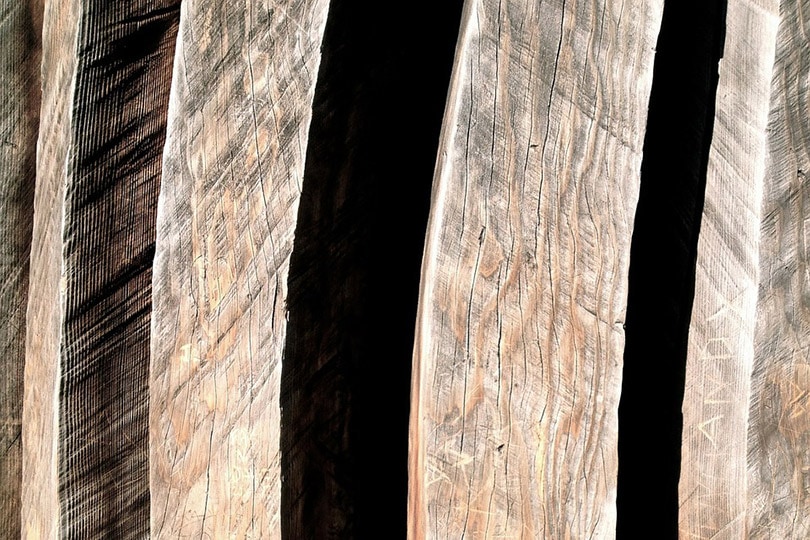
| Grain: | Straight-grained/wavy/irregular |
| Janka Hardness Scale Rating: | 420 |
Redwood is a pinkish-brown/reddish-brown softwood used for decking, furniture, trims, structural beams, and outdoor structures. Its color and workability are the characteristics that attract people to use Redwood, plus it’s durable and water-resistant. Although Redwood is great, it does have some disadvantages. It’s relatively expensive since people use it so frequently that prices have increased. Also, Redwood requires regular maintenance, so it’s not for people unwilling to take care of it.
Pine
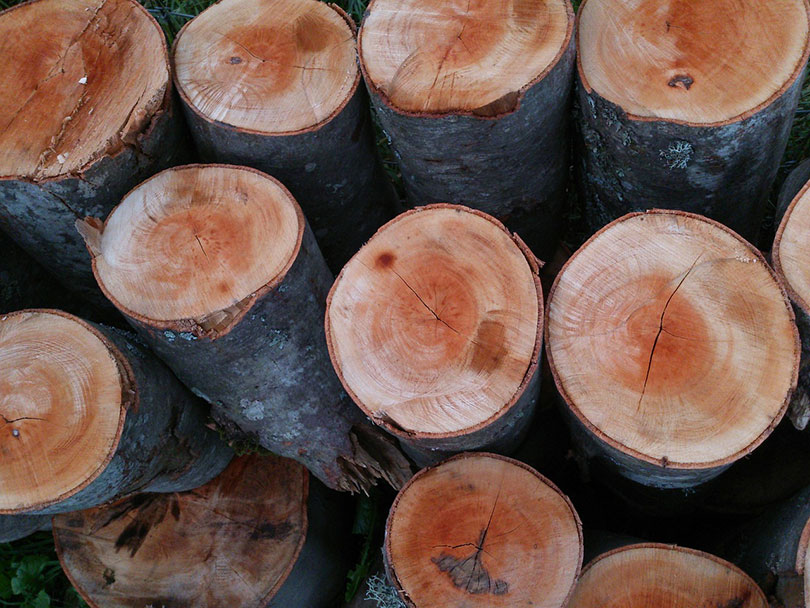
| Grain: | Straight-grained |
| Janka Hardness Scale Rating: | 380 |
Pine is a softwood that has many varieties. Eastern White Pine, commonly used in the US, has the lowest Janka Hardness Scale Rating among all Pines. Other Pine species, like True Pine or Red Pine, have a scale rating higher than some hardwoods. People use Pine for decking, construction, moldings, trim, and flooring. Regardless of being a softwood, this species is durable and affordable. It’s easy to work with, but the final product will require maintenance and care.
How can you tell the difference between softwood and hardwood?
The main difference between hardwoods and softwoods is in their hardness and density. Hardwoods are more dense and rigid than softwoods. They grow more slowly and are usually more expensive than softwoods. Hardwoods are generally water, rot and decay, and fire-resistant.
On the other hand, softwoods are lightweight and easier to work with than hardwoods. Both types are used worldwide for various purposes and projects. Softwoods are usually more eco-friendly due to their fast growth but have a shorter lifespan than hardwoods.
Final Thoughts
We hope this article will help you identify any wood you encounter and determine which species is best for your project. Try to go through as many steps as possible to determine the kind of wood. If you’re still unsure, even after completing each step, don’t panic! You can use one of the wood identification apps to help you identify the wood type faster.
Featured Image Credit: Sergey Ryzhov, Shutterstock
Contents





